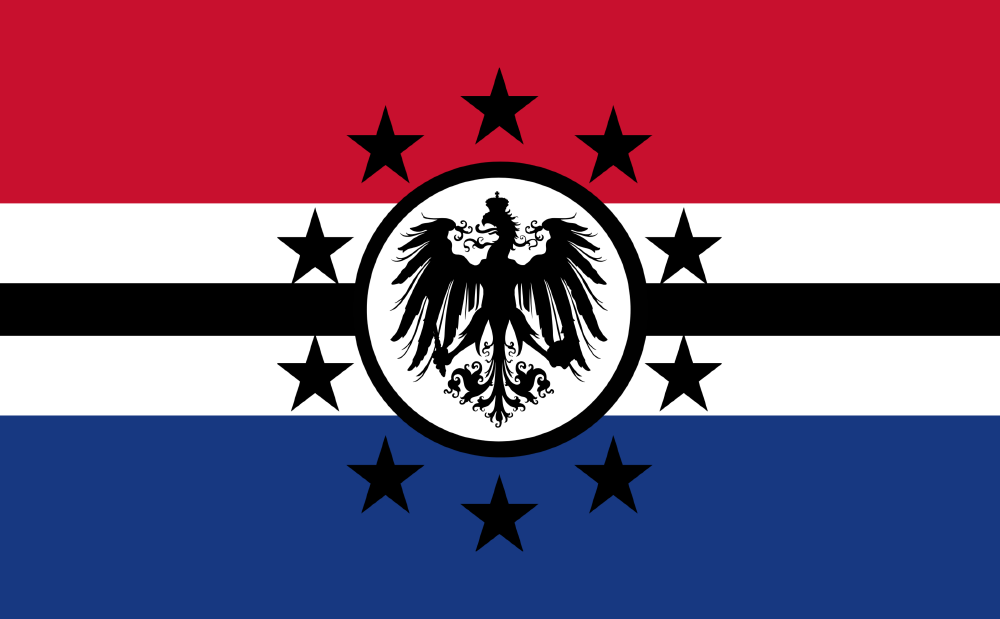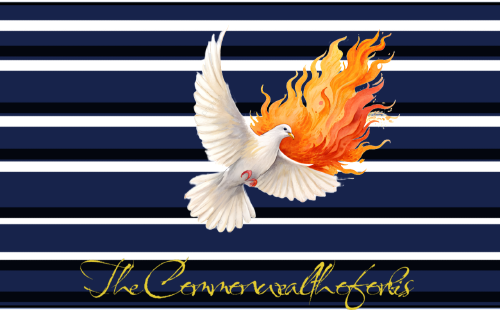Feels like the Winter War all over again. I have friends but there's quite a few ppl who want me dead now :3
First missile and nuke on my 50th day in office. My country is in pain.
Left Mercenaries of Orbis due to blantant transphobia :<
TCO was kind to me so here i am :3
🏛️ Novislavijya Political Event Timeline
1991 — Declared independence from the collapsing USSR. Built from rebel militias and ex-KGB loyalists.
1994 — Shadow Coup. Corrupt leaders purged by the National Security Bureau. New regime takes quiet control.
1997 — Black Signal Incident. Radio towers across the country broadcast encrypted audio for 6 minutes. Never explained. Public told it was a “test.”
2001 — Steel Reforms. Massive industrial and military overhaul. Economy stabilized, tech and defense exploded.
2005 — The Great Power Outage. Entire nation loses power for 11 hours. When power returns, surveillance systems are vastly upgraded.
2010 — Identity Act. Slavic pride, unity, and military honor made national pillars.
2013 — The Dissent Protocol. A leaked document reveals plans to profile all foreign journalists. Government denies it. Journalists go missing.
2017 — Silent Warfront. Covert ops, proxy wars, and cyber warfare become state doctrine.
2020 — The Minister’s Vanishing. Finance Minister disappears mid-press conference. CCTV "malfunctions." Case is closed the next day with no explanation.
2022 — Controlled Reforms. Limited freedoms introduced under heavy surveillance. "Democracy" with training wheels.
2023 — Echo Laws Passed. Citizens given access to government decision simulators for "feedback." Critics call it mind games. Participation becomes mandatory.
2025 — Krylovograd Bombing. U.S.-linked terror attack sparks covert global retaliation. Novislavijya goes full shadow empire.
2025 — Novislavijya redefines ideology; socialists take control of senate, communism converts to socialism.



















